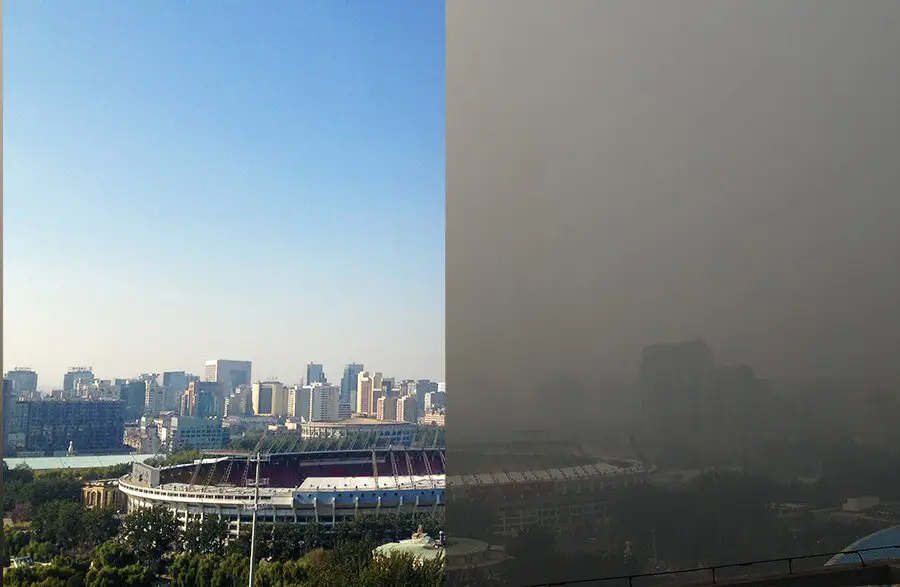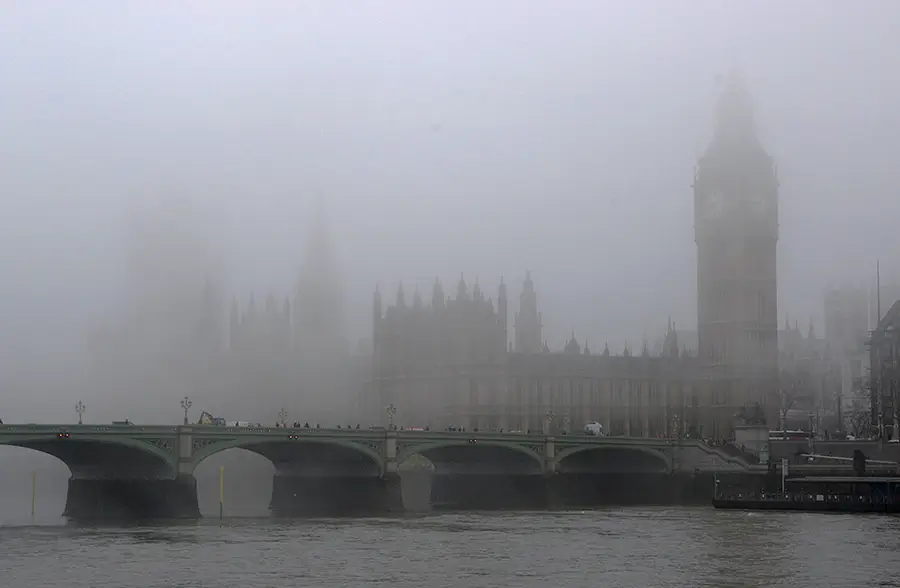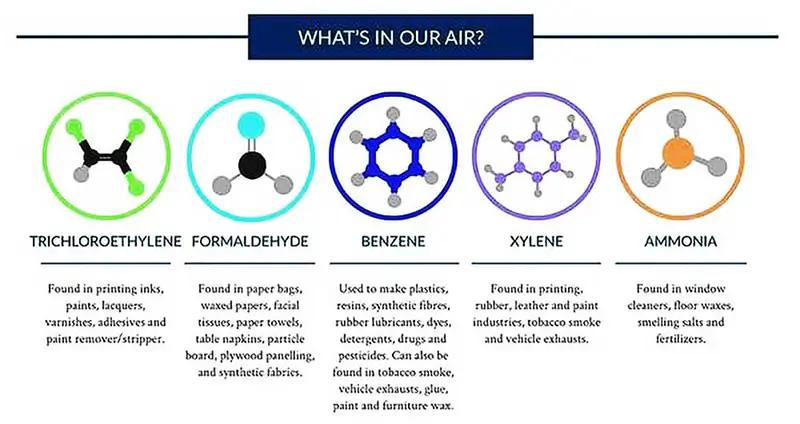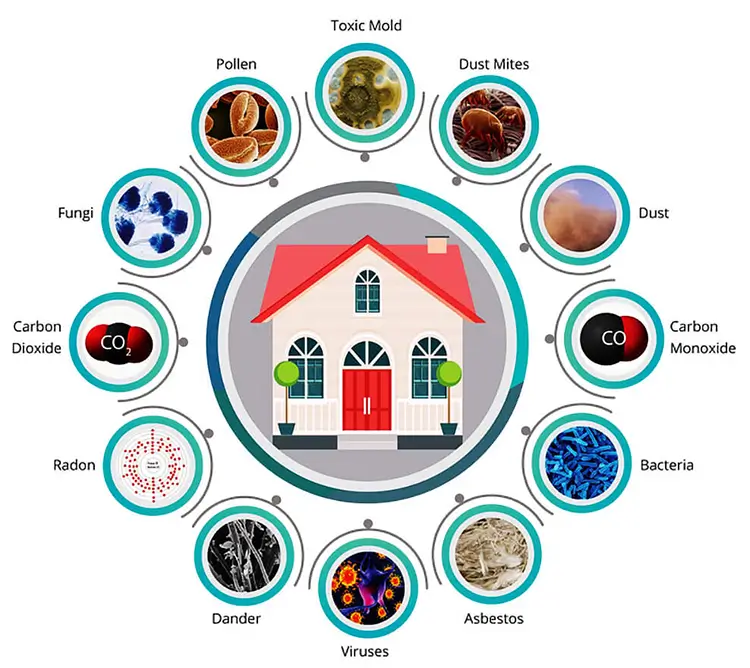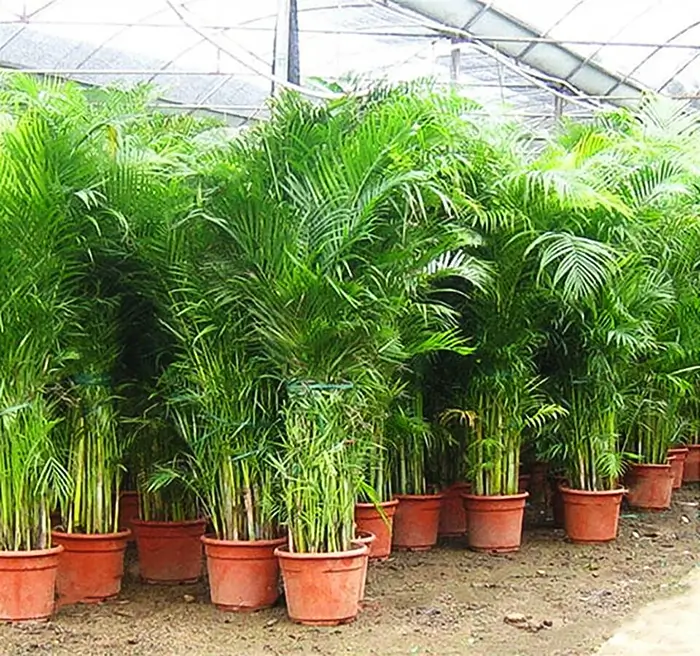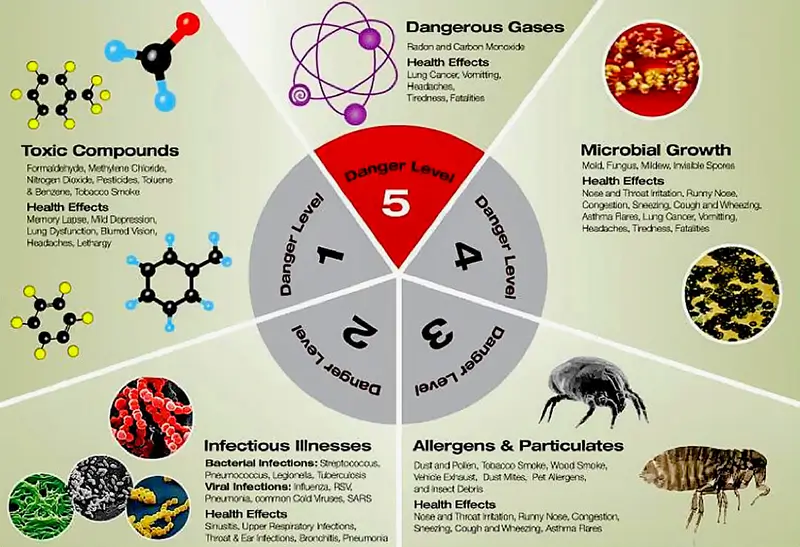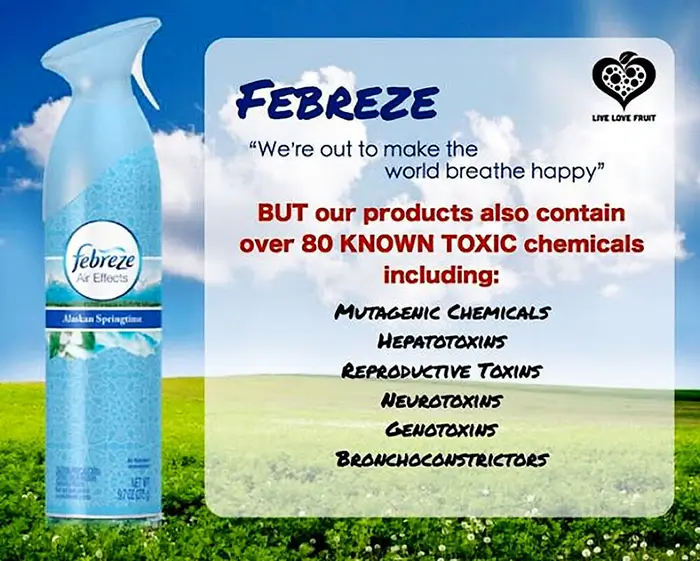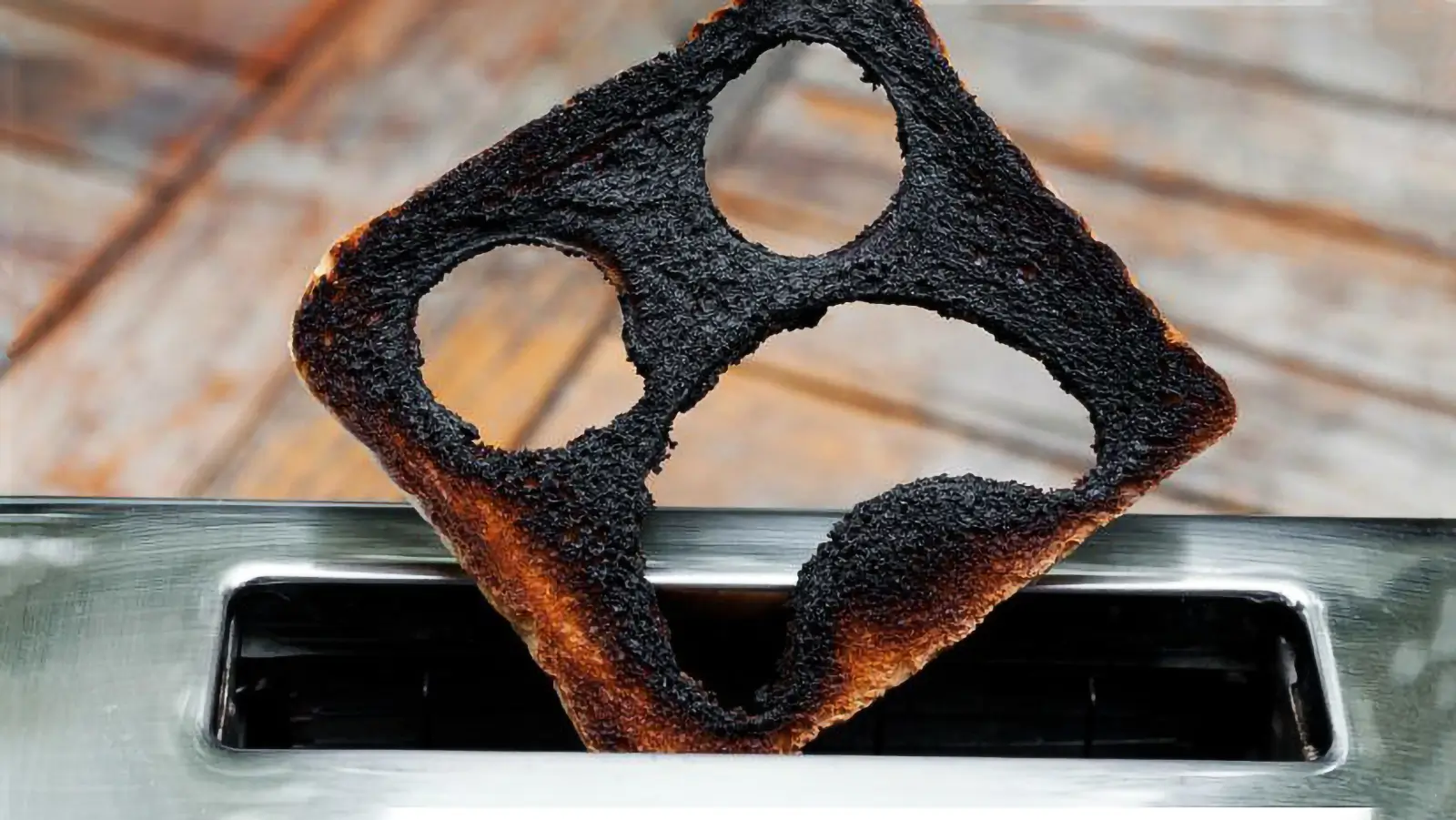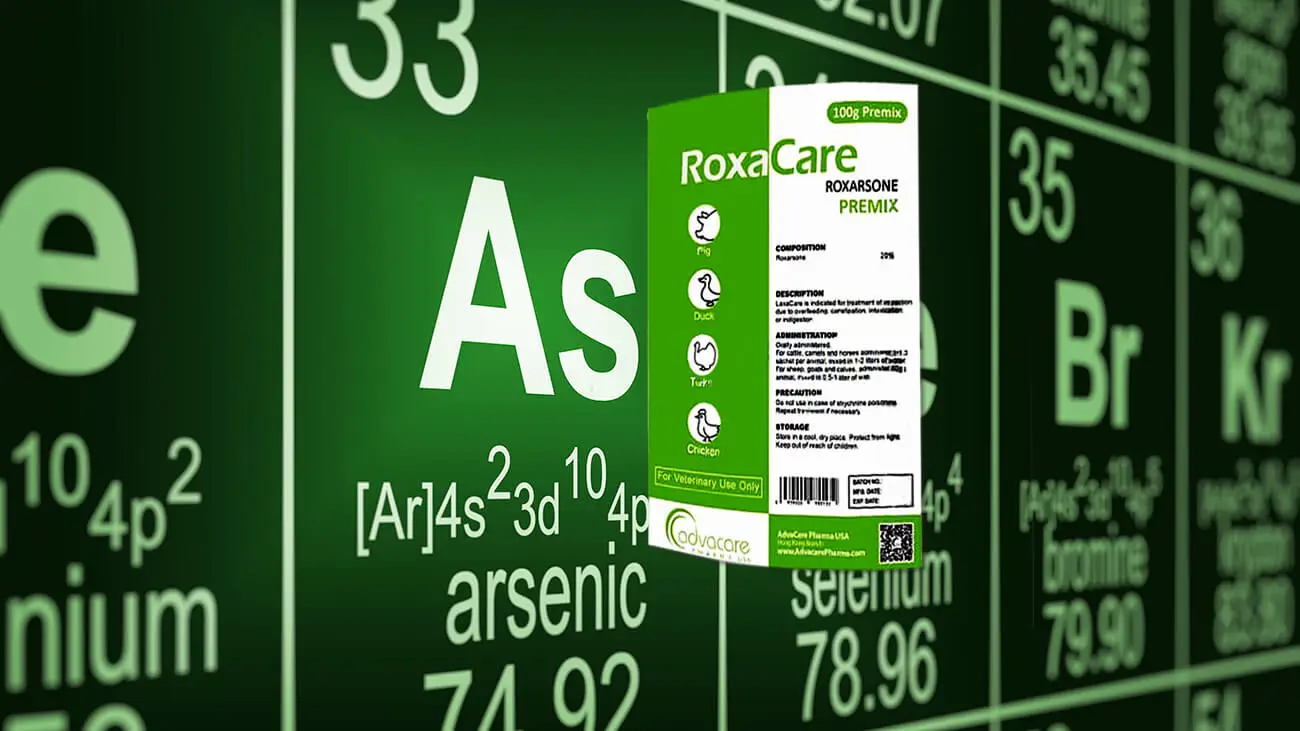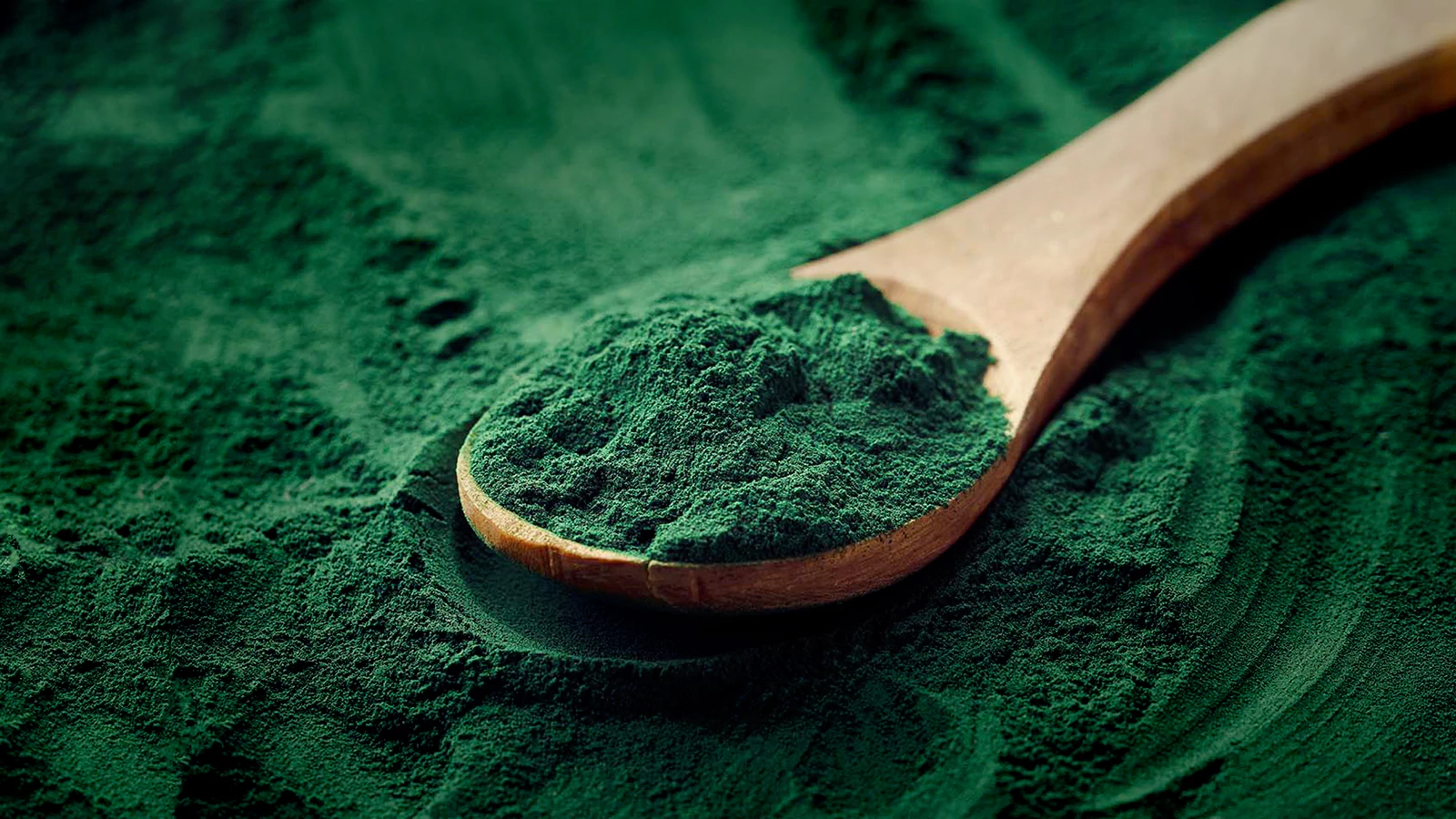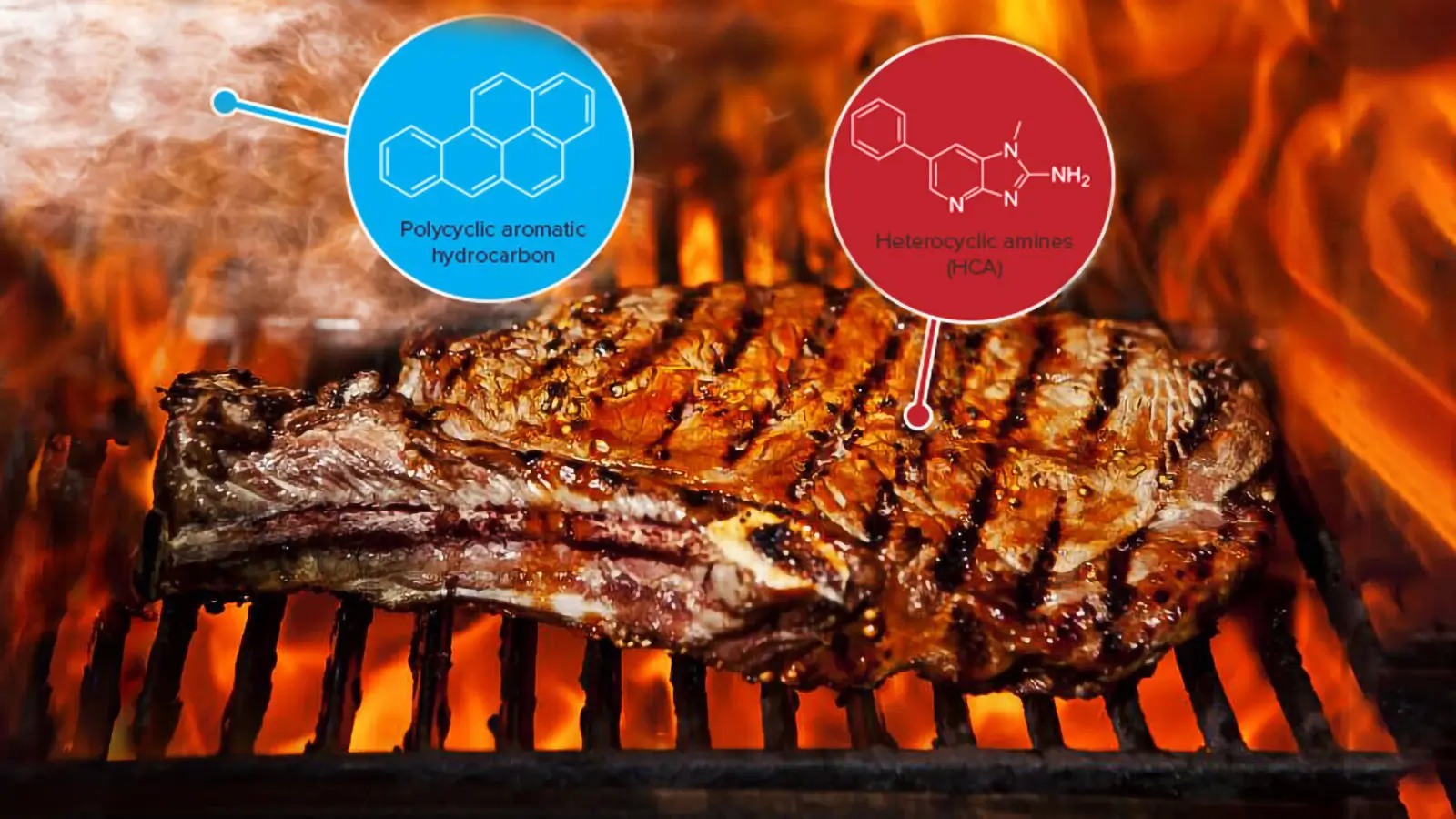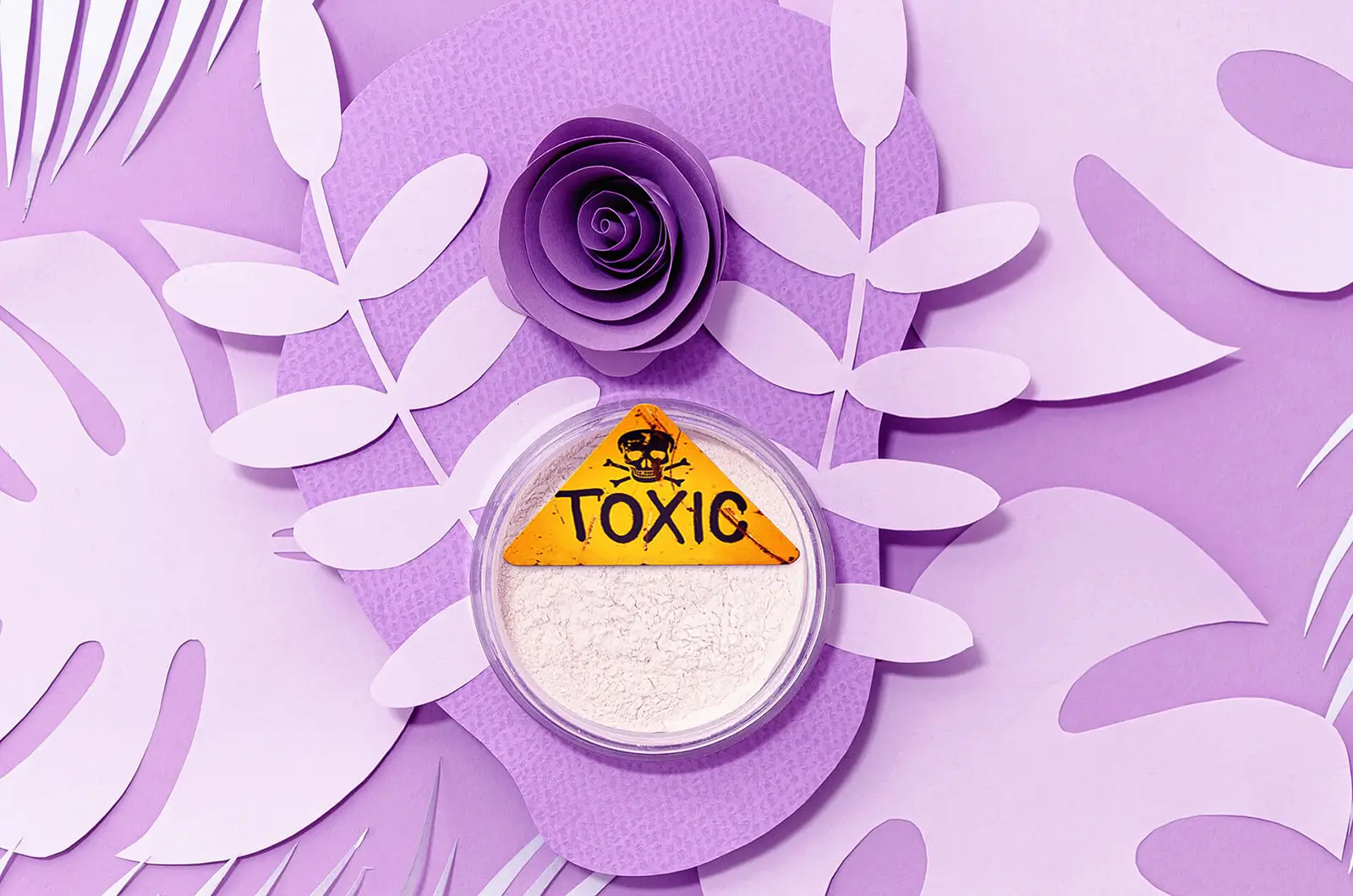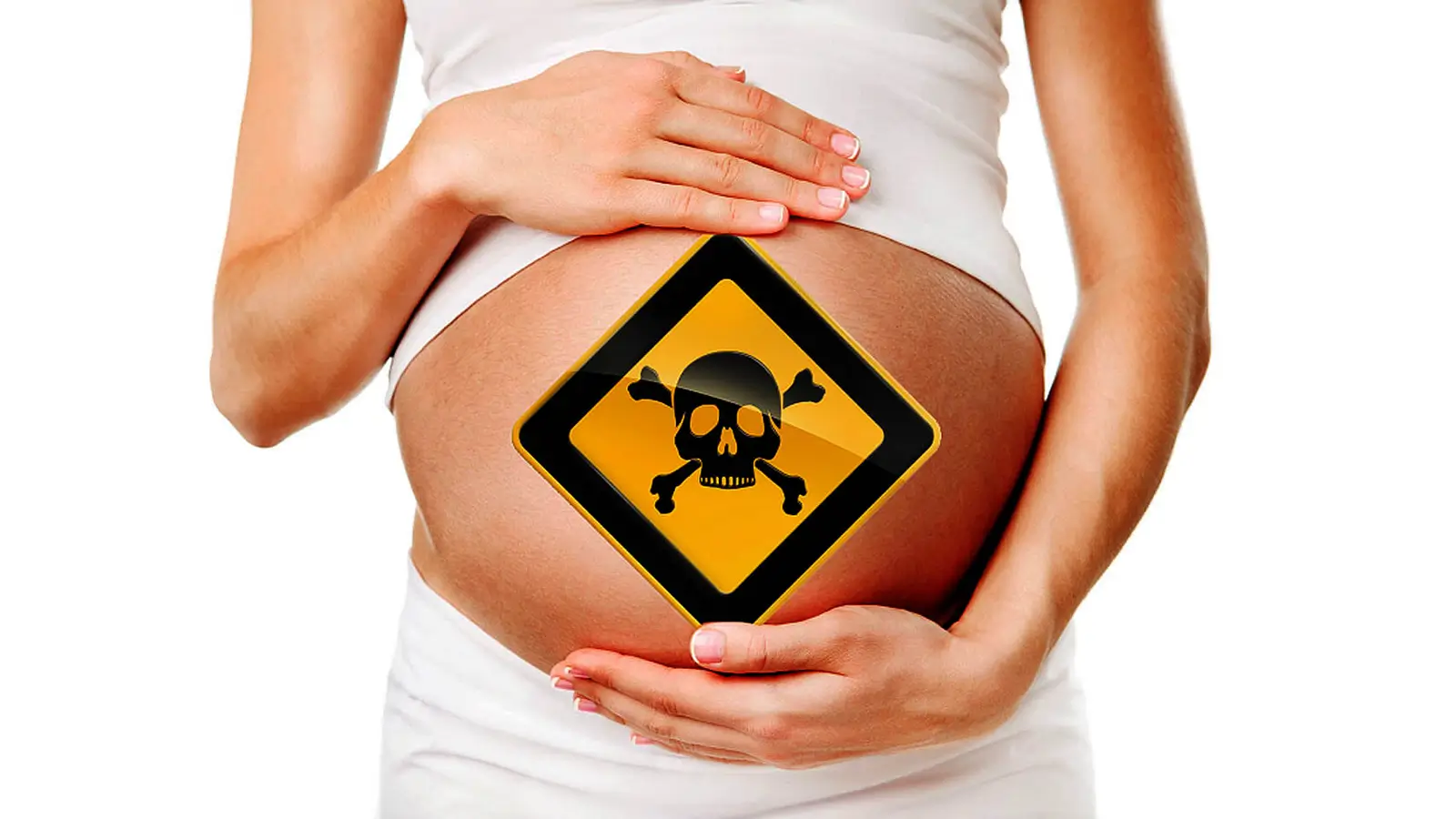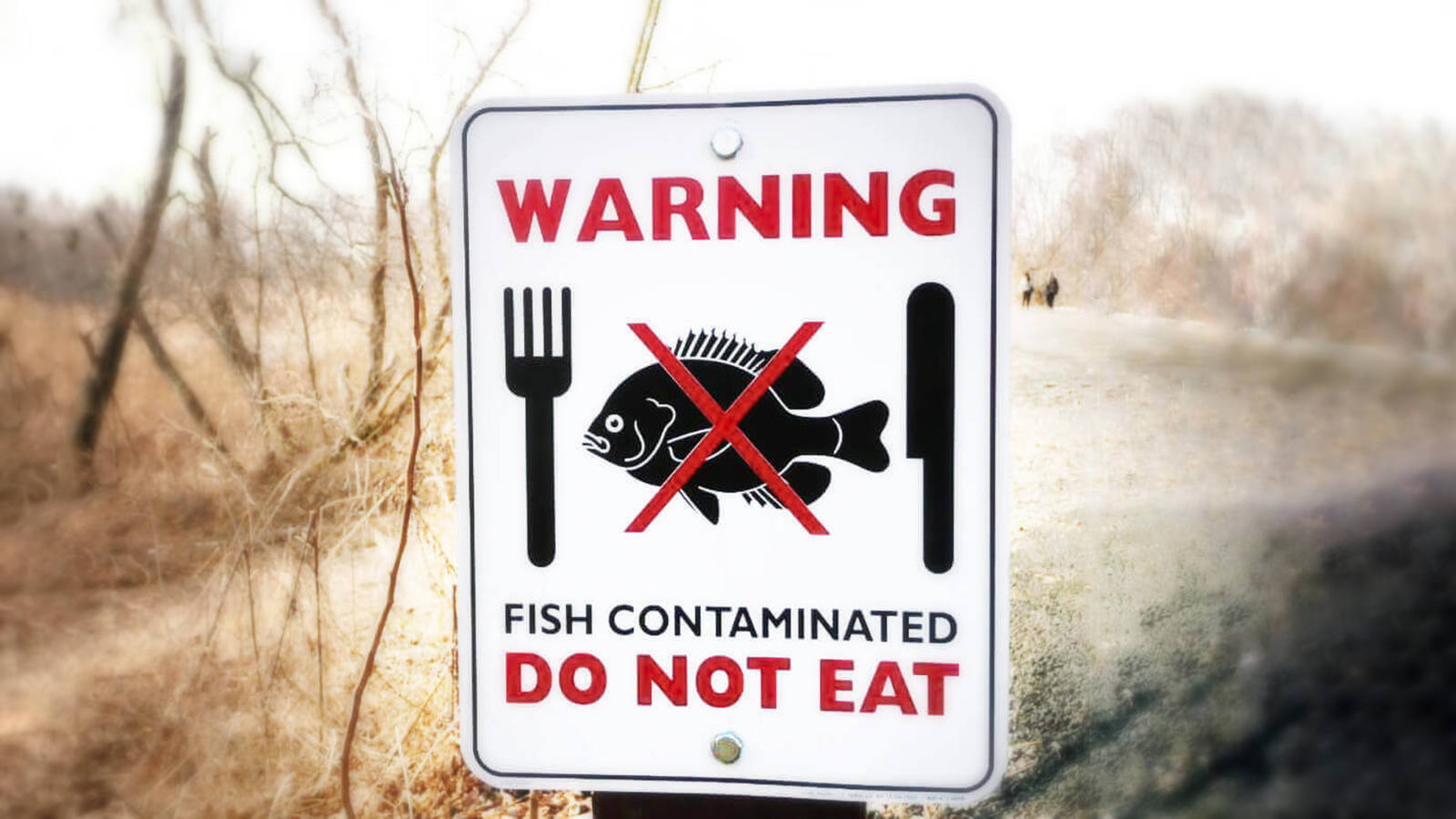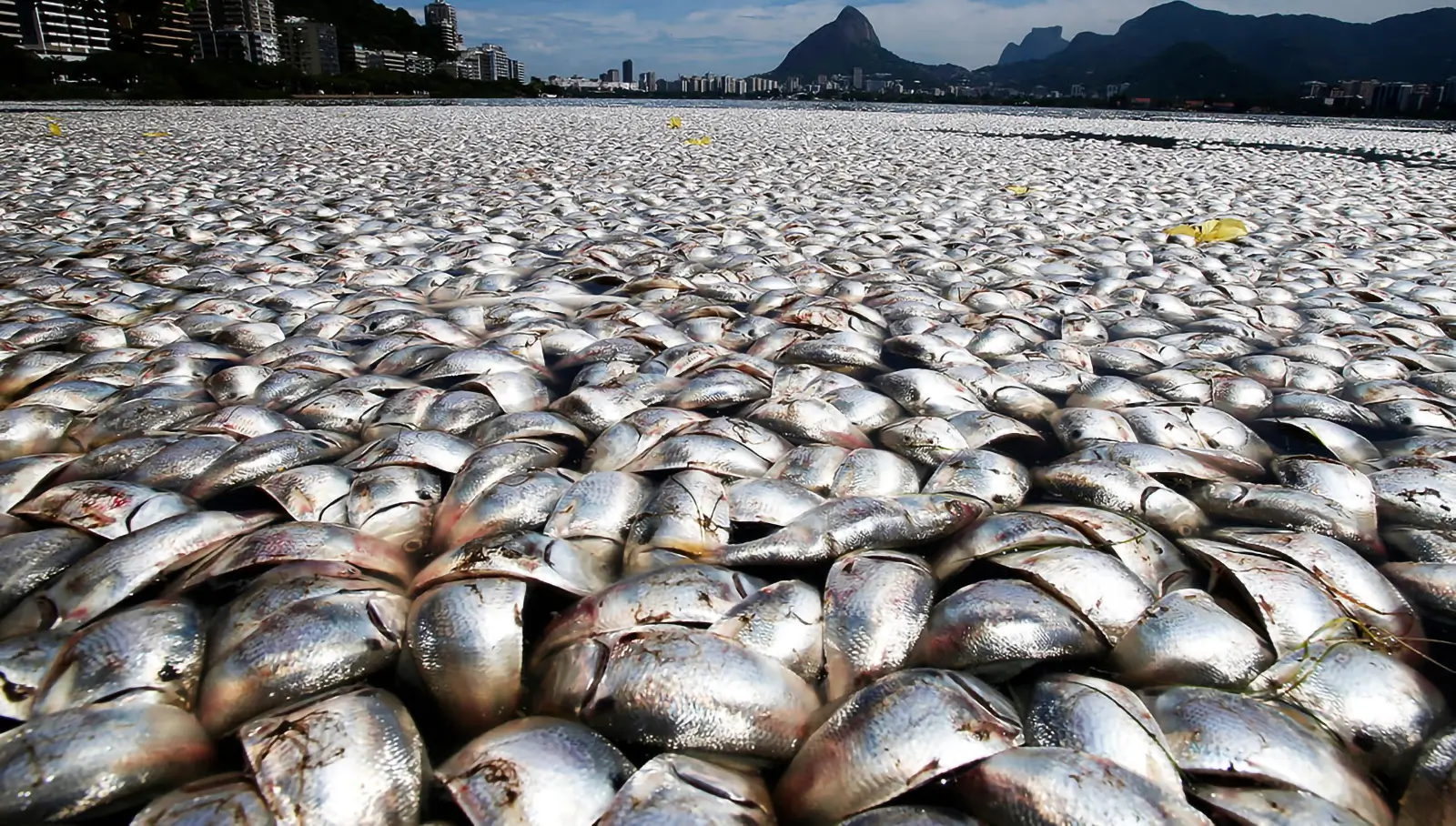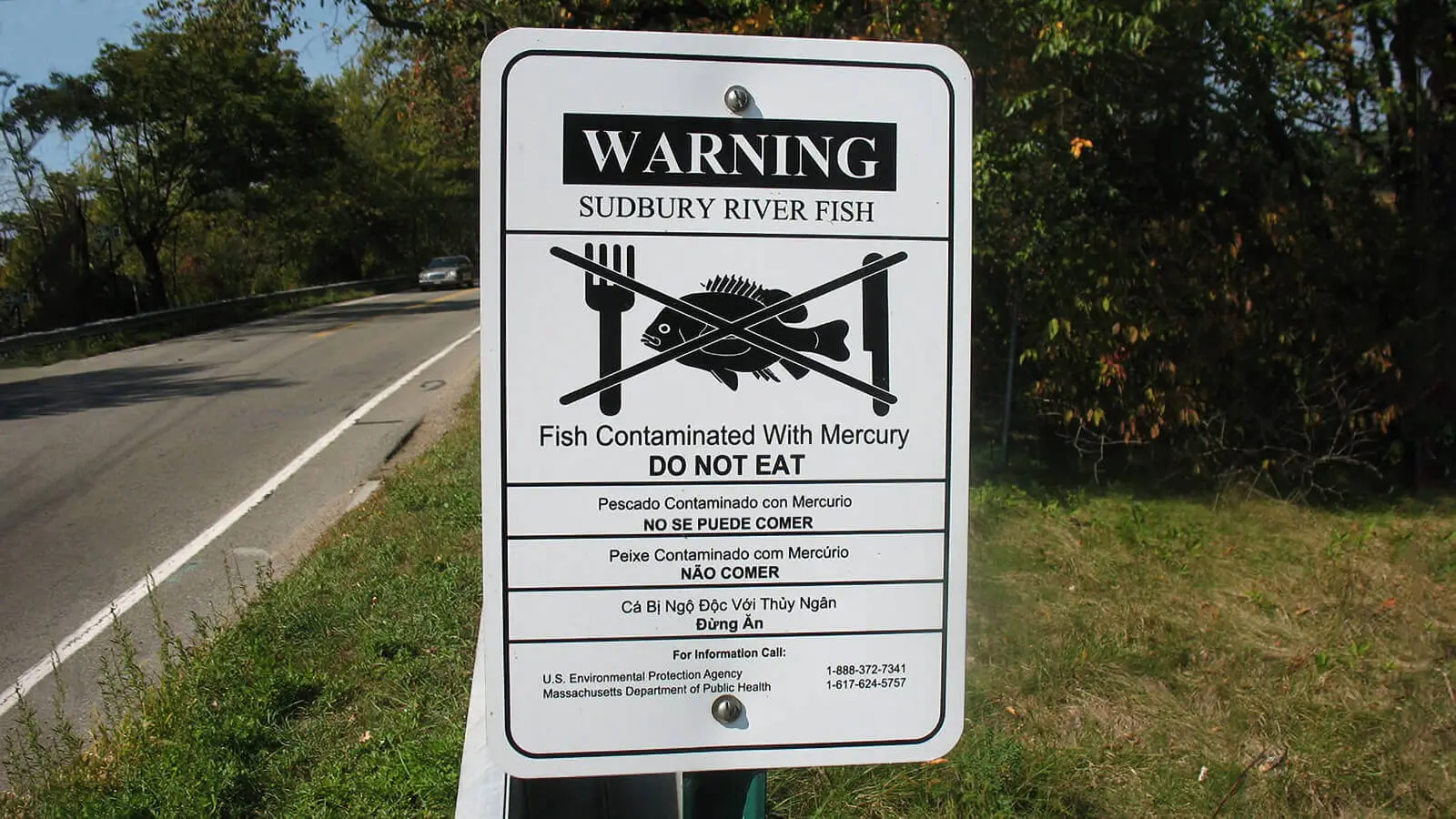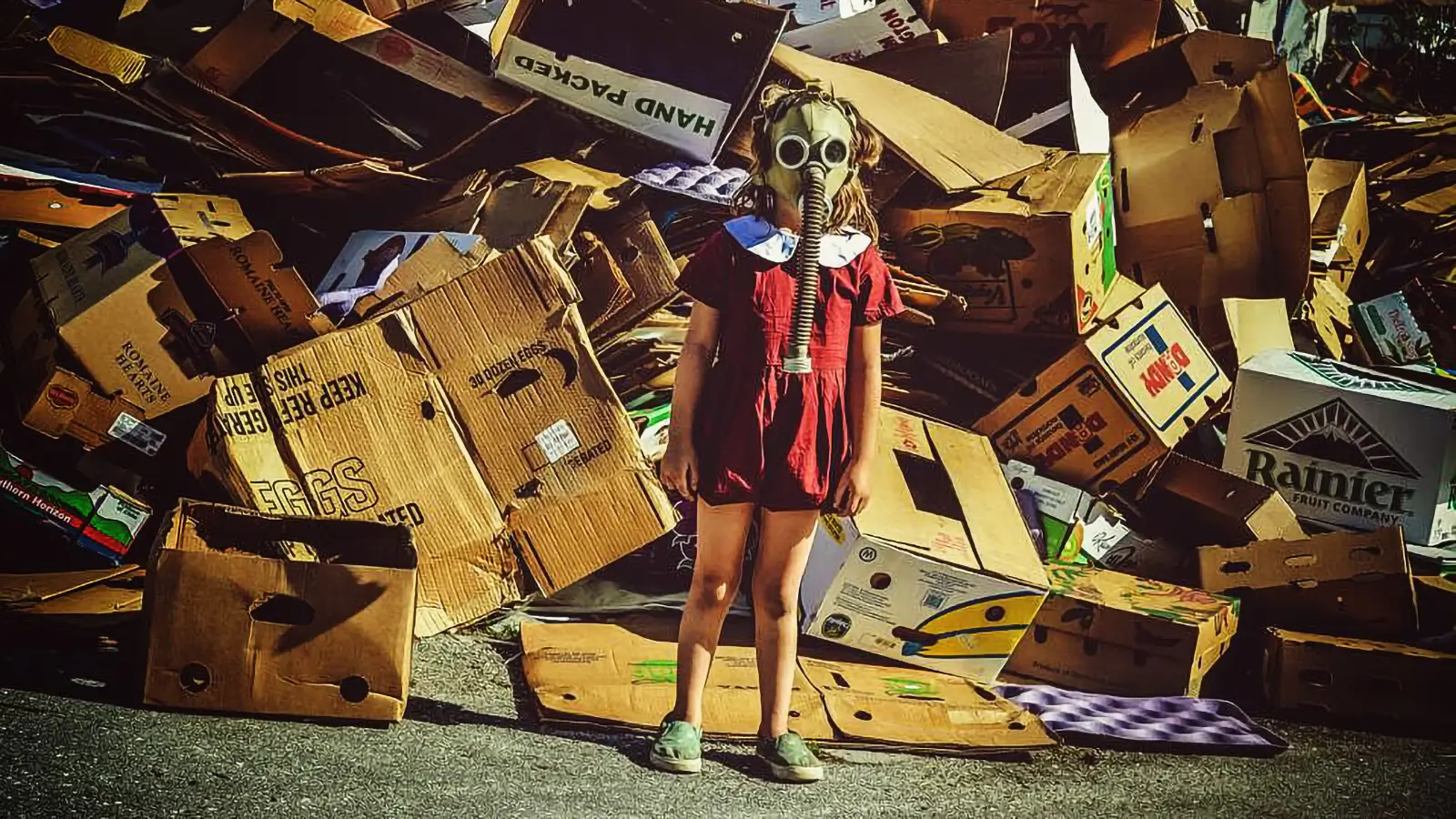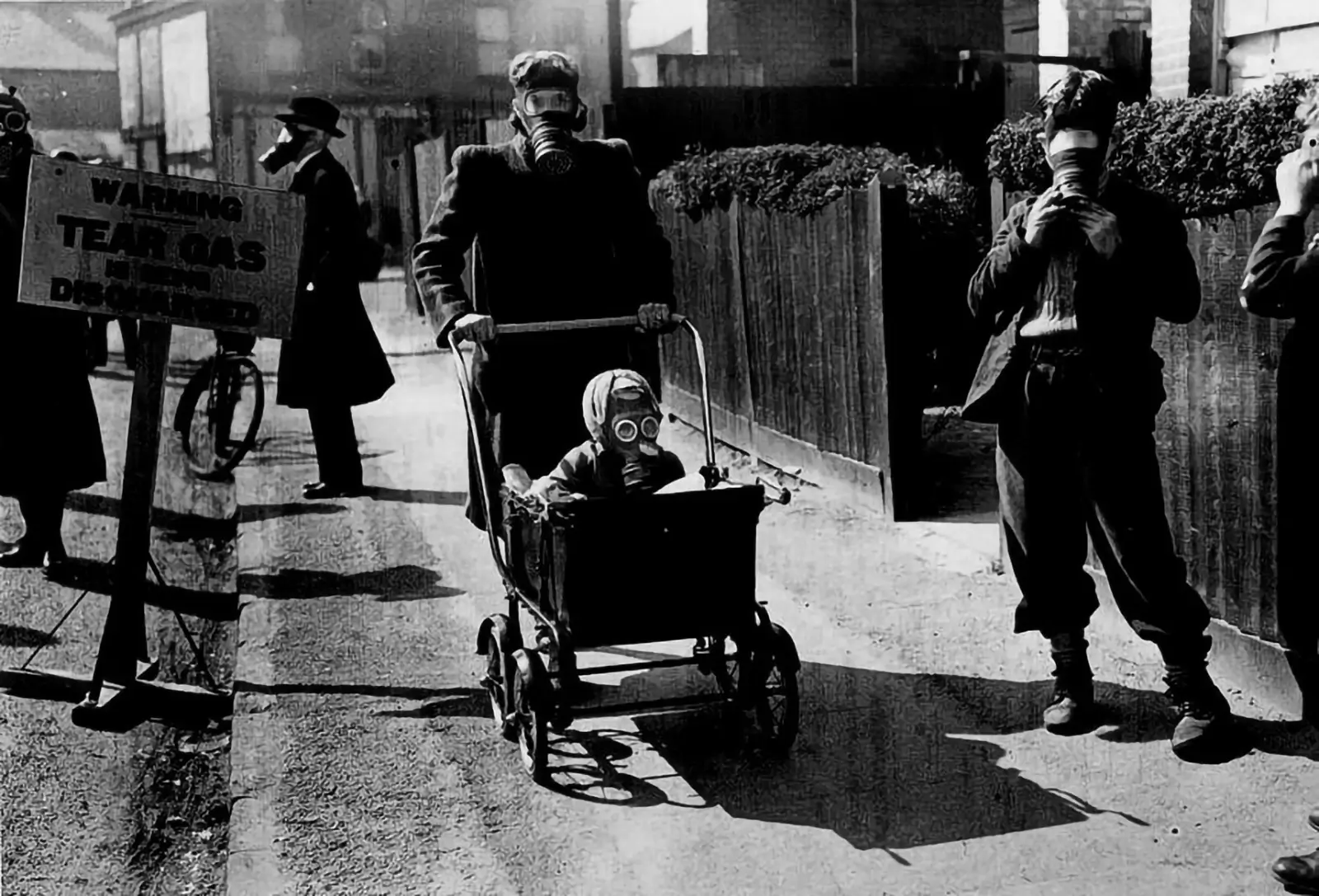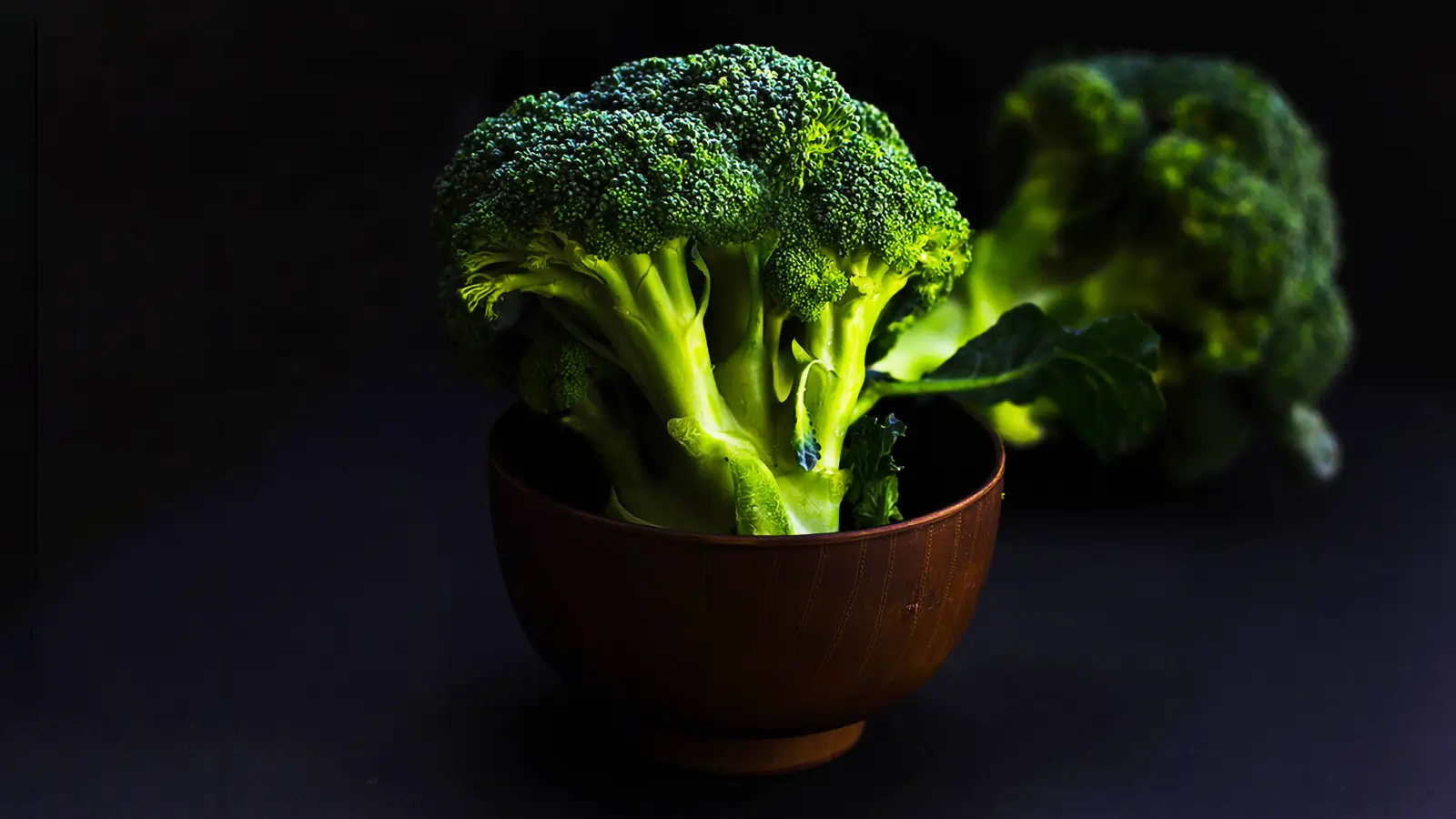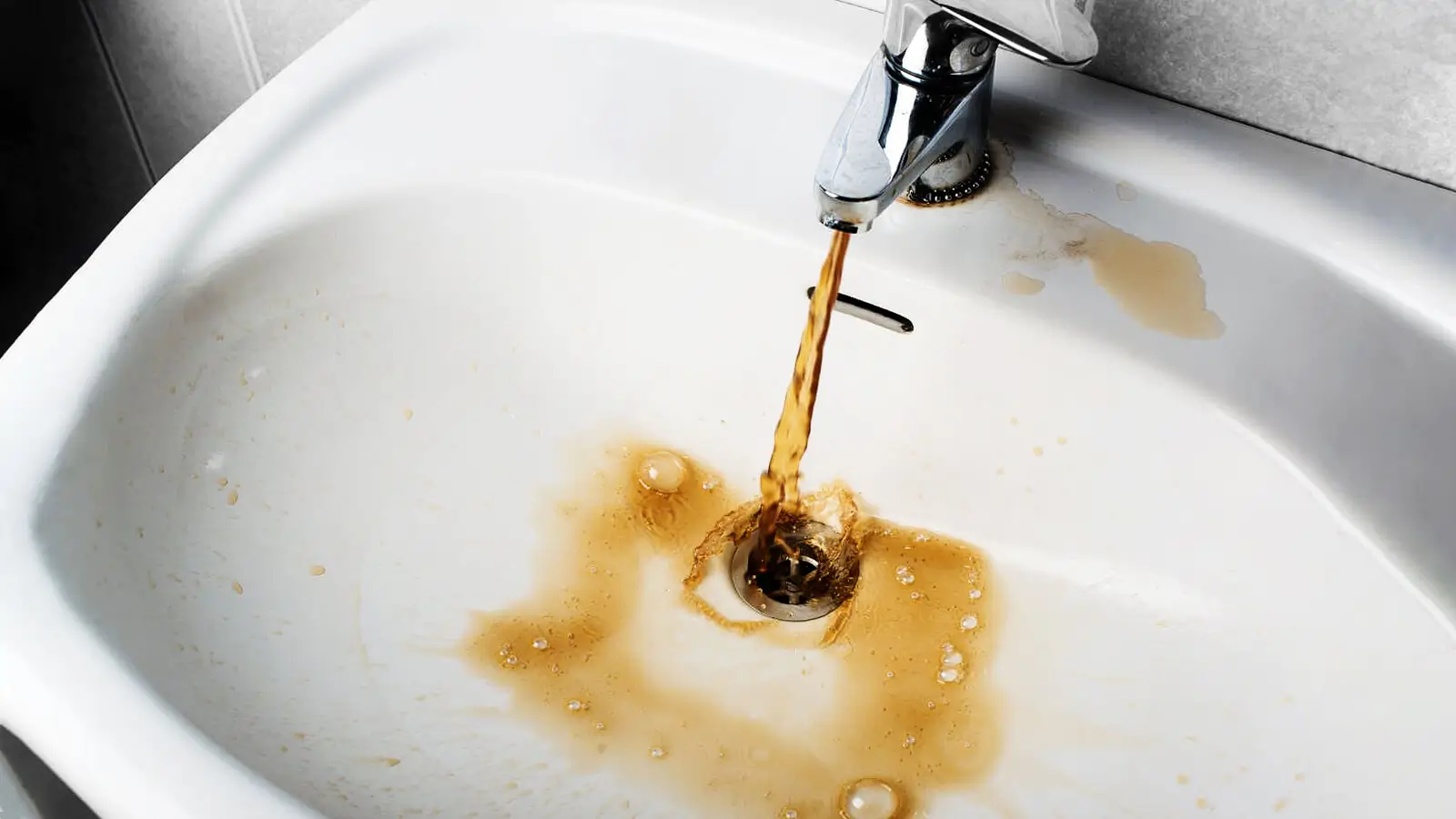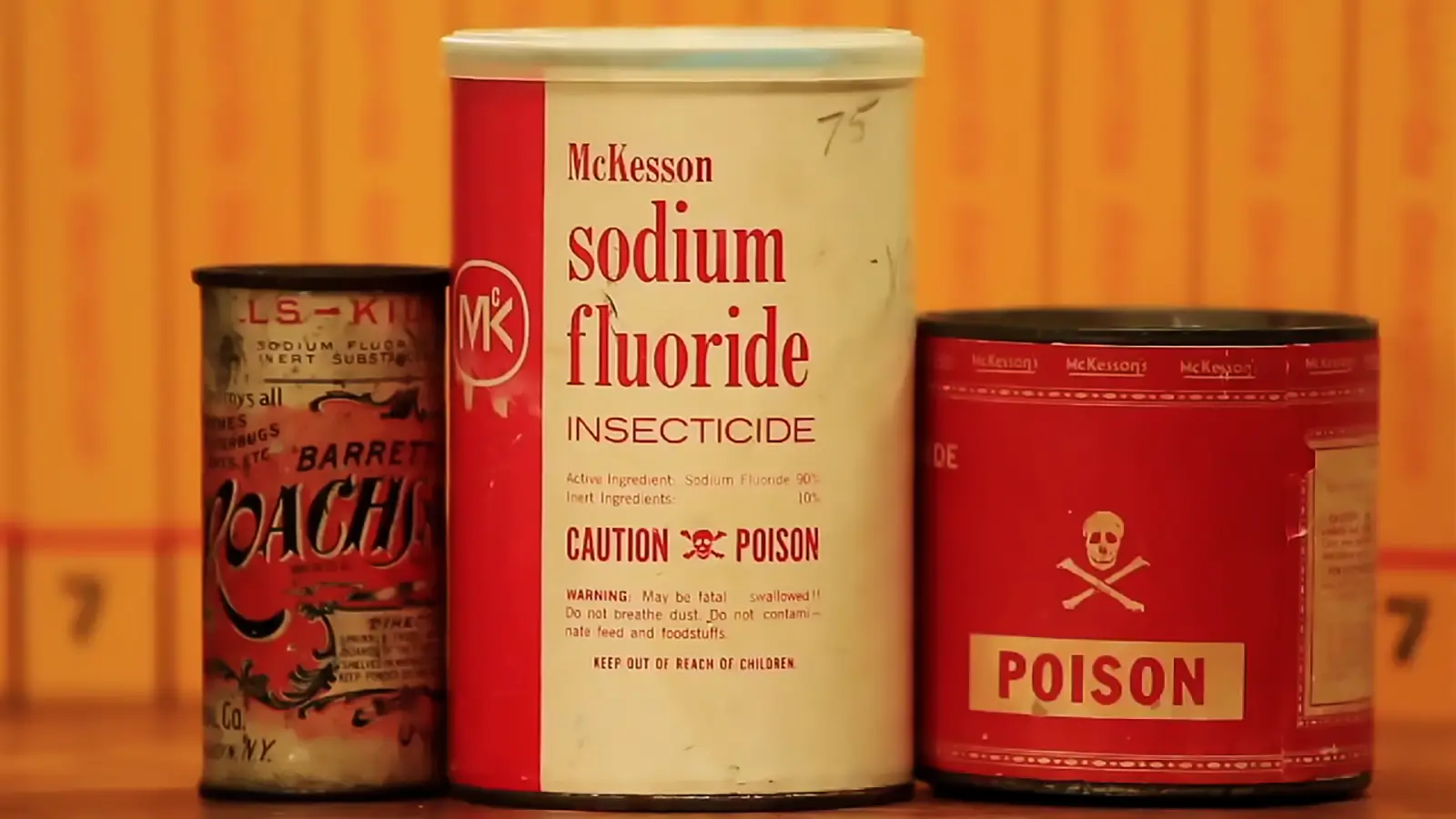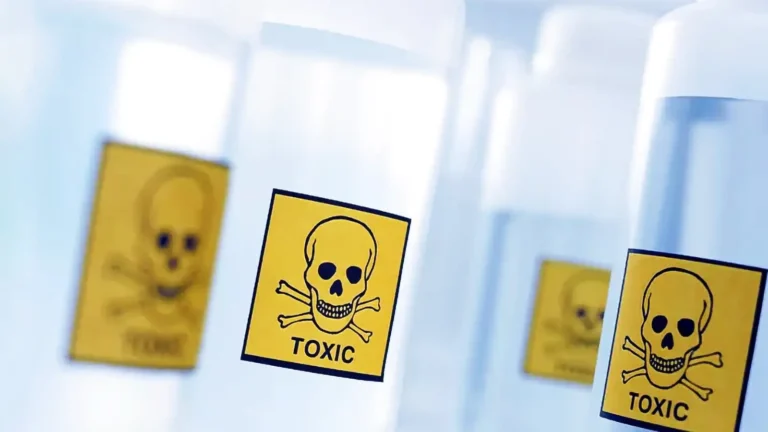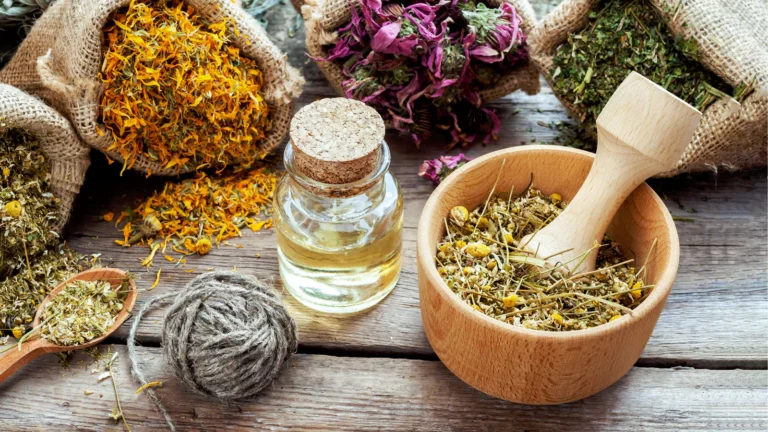Air Pollution Exposure- Health Risks and Prevention Strategies
In India alone, around half a million people die each year due to air pollution. Air pollution resulting in death is just one part of the overall problem.
Milos Pokimica
Written By: Milos Pokimica
Medically Reviewed by: Dr. Xiùying Wáng, M.D.
Updated August 4, 2023After the clean food and the clean water, there are two more things we need to take into account. The clean air and bad habits. When we talk about the quality of the air, there is nothing much that we can do except move to another place. If you live in cities with air pollution like Beijing, then that is probably a good idea.
Air pollution exposure that we know of for the last 30 years of research is connected with respiratory conditions (including asthma and changes in lung function), adverse pregnancy outcomes (such as preterm birth), cardiovascular diseases, adverse effects on children’s brain development, increasing overall inflammation in the body and cancer risk and even death. Sometimes the linking of air pollution with health problems is visible, as in the Bhopal Disaster. In one more notable incident in 1952, in London, polluted air killed around 4000 people. Because of the burning of coal in homes for heating and coal-fired power plants air had become so polluted that it literary suffocated people. It was known as the Great Smog.
In the US living in polluted cities was associated with a 16% increase in total mortality rate, 27% with cardiovascular, and 28% cancer death rate compared to the non-air polluted cities. It worsens asthma and enhances the risk of developing it in the first place, it overburdens and can trigger liver diseases, increases the risk of diabetes, and like any other pollution causes chronic inflammation with damage to DNA and shortens life.
There is no public safety policy for air pollution except banning lead in gasoline and forcing heavy industry and other heavy air pollutants out of populated areas as much as it can be done. Campaigns to go walking and go with the bicycle to work might be romantic, but there are not practical. Some research that was done on air toxicity estimated that even 10 to 20 percent of overall cancer could be caused by air pollution. However, with air pollution, the effects take a long time to surface, and the direct link is hard to prove. World Health Organization in 2013 finally concluded that outdoor air pollution is a proven carcinogen to humans. If you live in places where air pollution is high it might be a good idea to limit the time your jogging and exercising outside, stay as far as you can from heavily trafficked roads, and limit the time that children spend outside. If the air quality is terrible, stay inside with windows closed. Indoor air pollution can be reduced if a building is well-ventilated and cleaned regularly to prevent the buildup of agents like dust and mold. It is a good idea to have high-quality vacuum cleaners and to clean dust and mold regularly.
On top of that if you live in a highly polluted area having an air purifier in the room is also a good idea with a lot of indoor plants. Plants clean air, making them part of what NASA calls nature’s life support system. NASA does a lot of this kind of research for purposes of closed indoor colonies on places like Mars. It has been confirmed that adding potted plants to a room reduces the number of air particulates. Plants absorb air, or in other words plants absorb carbon dioxide and release oxygen, but at the same time, they filter the air and absorb some of the particulates. Also, microorganisms that are present in the potting soil are also accountable for much of the air-cleaning effect. Some plants, in particular, are very good at removing pollutants. A superstar of filtering formaldehyde, for example, is bamboo palm.
They are able to grow as much as 12 feet high, making them exciting (and pet-friendly) indoor additions. Because they can be so big is one of the reasons they are able to filter so much of the air. Air purifiers also remove almost everything from the air like pollen, air-born viruses, dust, odors from cooking and pets, cigarette smoke, and so on.
Home perfuming aerosols are toxic also. Plug-in air fresheners produce significant levels of formaldehyde. Burning incense can create inflammation in our lungs because we will breathe in some of the smoke and that smoke will have tiny chemical particles that are toxic and will become trapped in our lungs causing inflammation. The researchers had, for instance, found that some regular chemicals like sandalwood, agarwood are more toxic than tobacco smoke. In 2013, a study with 2,000 pregnant women, the International Journal of Public Health reported that air fresheners increase the rate of lung infections in babies dramatically. A 2007 study also found that using air fresheners as little as once a week can raise the risk of asthma in adults.
There are more than 100 unknown synthetic chemicals in these fragrances. Glade, for example, keeps the list of chemicals a closely-guarded secret. They do release a master list of nearly 1,500 chemicals that they use in all of their fragranced products because they are required by law, but they do not tell you which chemicals are in which products. When you are breathing in these particles, it is the same as injecting them into the vein. There is no difference if the chemical is going to go into the bloodstream through the lungs or through the needle in the vein. Most of these secret chemicals are not scientifically researched, but some of them are for example volatile organic compounds (VOC) and naphthalene. In studies done on them, both substances caused tissue damage and cancer in the lungs of rats and mice in laboratory studies. Most of the scented candles are made with paraffin and contain VOC. The oil by-product releases ultra-small particles that will contain toxins like benzene, acetone, and toluene. These toxins are carcinogens and are usually seen in diesel emissions. In the study done in the UK that was done on more than 14,000 pregnant women, aerosol sprays were associated with depression in the mothers, headaches, diarrhea, and ear infections in their babies. Air pollution is silent but has as much toxic input as anything else in this toxic world. World Health Organization (WHO), does report on air pollution and mortality. In their estimates, air pollution is one of the world’s leading killers. Around three million people in the world die each year due to air pollution. In India alone, around half a million people die each year due to air pollution while in the United States, around 41,000 people are estimated to die early because of air pollution. The problem with air pollution is that it is a silent killer. It kills quietly and relentlessly, and the cause is hard to pinpoint. However, air pollution resulting in death is only a minor part of the overall problem that air pollution is causing. Deaths are not the only consequence. There are breathing problems, asthma, and bronchitis. Workers who are constantly exposed to dust particles are known to die from silicosis. Silicosis gives years of misery before death.
References:
Passages selected from a book: Pokimica, Milos. Go Vegan? Review of Science Part 2. Kindle ed., Amazon, 2018.
- Shima, Masayuki. Nihon eiseigaku zasshi. Japanese journal of hygiene vol. 72,3 (2017): 159-165. doi:10.1265/jjh.72.159
- Casas, Lidia et al. “The use of household cleaning products during pregnancy and lower respiratory tract infections and wheezing during early life.” International journal of public health vol. 58,5 (2013): 757-64. doi:10.1007/s00038-012-0417-2
- Choi, Hyunok et al. “Common household chemicals and the allergy risks in pre-school age children.” PloS one vol. 5,10 e13423. 18 Oct. 2010, doi:10.1371/journal.pone.0013423
- Steinemann, Anne. “Fragranced Consumer Products and Undisclosed Ingredients.” Environmental Impact Assessment Review, vol. 29, no. 1, Elsevier BV, Jan. 2009, pp. 32–38. https://doi.org/10.1016/j.eiar.2008.05.002.
- Saalberg, Yannick, and Marcus Wolff. “VOC breath biomarkers in lung cancer.” Clinica chimica acta; international journal of clinical chemistry vol. 459 (2016): 5-9. doi:10.1016/j.cca.2016.05.013
- Negro, A et al. “Headache and pregnancy: a systematic review.” The journal of headache and pain vol. 18,1 106. 19 Oct. 2017, doi:10.1186/s10194-017-0816-0
Related Posts
Do you have any questions about nutrition and health?
I would love to hear from you and answer them in my next post. I appreciate your input and opinion and I look forward to hearing from you soon. I also invite you to follow us on Facebook, Instagram, and Pinterest for more diet, nutrition, and health content. You can leave a comment there and connect with other health enthusiasts, share your tips and experiences, and get support and encouragement from our team and community.
I hope that this post was informative and enjoyable for you and that you are prepared to apply the insights you learned. If you found this post helpful, please share it with your friends and family who might also benefit from it. You never know who might need some guidance and support on their health journey.
– You Might Also Like –

Learn About Nutrition
Milos Pokimica is a doctor of natural medicine, clinical nutritionist, medical health and nutrition writer, and nutritional science advisor. Author of the book series Go Vegan? Review of Science, he also operates the natural health website GoVeganWay.com
Medical Disclaimer
GoVeganWay.com brings you reviews of the latest nutrition and health-related research. The information provided represents the personal opinion of the author and is not intended nor implied to be a substitute for professional medical advice, diagnosis, or treatment. The information provided is for informational purposes only and is not intended to serve as a substitute for the consultation, diagnosis, and/or medical treatment of a qualified physician or healthcare provider.NEVER DISREGARD PROFESSIONAL MEDICAL ADVICE OR DELAY SEEKING MEDICAL TREATMENT BECAUSE OF SOMETHING YOU HAVE READ ON OR ACCESSED THROUGH GoVeganWay.com
NEVER APPLY ANY LIFESTYLE CHANGES OR ANY CHANGES AT ALL AS A CONSEQUENCE OF SOMETHING YOU HAVE READ IN GoVeganWay.com BEFORE CONSULTING LICENCED MEDICAL PRACTITIONER.
In the event of a medical emergency, call a doctor or 911 immediately. GoVeganWay.com does not recommend or endorse any specific groups, organizations, tests, physicians, products, procedures, opinions, or other information that may be mentioned inside.
Editor Picks –
Milos Pokimica is a doctor of natural medicine, clinical nutritionist, medical health and nutrition writer, and nutritional science advisor. Author of the book series Go Vegan? Review of Science, he also operates the natural health website GoVeganWay.com
Latest Articles –
Plant Based News
-
10 High-Protein Dessert Recipes
on July 12, 2025
-
How To Make Creamy Chocolate Oat Milk Without Sugar Or Oil
on July 11, 2025
-
Vegan Quinoa And Feta Salad
on July 11, 2025
-
‘If I Could Only Make One Plant-Based Recipe, This Would Be It’
on July 10, 2025
-
5-Ingredient Vegan Bread And Butter Pudding
on July 10, 2025
-
10 Quick Vegan Weekday Breakfasts
on July 9, 2025
-
This Tempeh Parmesan Recipe Has Gone Viral For A Reason
on July 8, 2025
Top Health News — ScienceDaily
- Florida cat sniffs out another new virus—and scientists are listeningon July 12, 2025
A cat named Pepper has once again helped scientists discover a new virus—this time a mysterious orthoreovirus found in a shrew. Researchers from the University of Florida, including virologist John Lednicky, identified this strain during unrelated testing and published its genome. Although once thought to be harmless, these viruses are increasingly linked to serious diseases in humans and animals. With previous discoveries also pointing to a pattern of viral emergence in wildlife, scientists […]
- Scientists just found 200+ hidden proteins that may drive Alzheimer’son July 12, 2025
A surprising new study has uncovered over 200 misfolded proteins in the brains of aging rats with cognitive decline, beyond the infamous amyloid and tau plaques long blamed for Alzheimer’s. These shape-shifting proteins don’t clump into visible plaques, making them harder to detect but potentially just as harmful. Scientists believe these “stealth” molecules could evade the brain’s cleanup systems and quietly impair memory and brain function. The discovery opens a new frontier in […]
- It’s never too late: Just moving more could add years to your lifeon July 12, 2025
Adopting a physically active lifestyle at any stage of adulthood significantly lowers your risk of dying from any cause, especially from cardiovascular disease. A sweeping analysis of 85 studies confirms that those who stay active consistently reduce their mortality risk by 30–40%, while even those who become active later in life enjoy a 20–25% reduction.
- Researchers grow 400+ brain cell types—a leap for Alzheimer’s and Parkinson’s researchon July 12, 2025
Scientists at ETH Zurich have broken new ground by generating over 400 types of nerve cells from stem cells in the lab, far surpassing previous efforts that produced only a few dozen. By systematically experimenting with combinations of morphogens and gene regulators, the researchers replicated the vast diversity of neurons found in the human brain. This breakthrough holds major promise for studying neurological diseases like Alzheimer’s and Parkinson’s, creating more accurate models for […]
- This tiny brain molecule could hold the key to learning, memory—and Alzheimer’s treatmenton July 12, 2025
A team of researchers has discovered that a protein called cypin plays a powerful role in helping brain cells connect and communicate, which is crucial for learning and memory. By uncovering how cypin tags certain proteins at synapses and interacts with the brain’s protein recycling system, scientists are opening doors to possible treatments for Alzheimer’s, Parkinson’s, and traumatic brain injuries. This breakthrough could be the first step toward boosting brain resilience and cognition.
- Breakthrough microchip reveals how your body fights viruses—in just 90 minuteson July 12, 2025
A team at Scripps Research has created a microchip that can rapidly reveal how a person’s antibodies respond to viruses using only a drop of blood. This game-changing technology, called mEM, condenses a week’s worth of lab work into 90 minutes, offering a powerful tool for tracking immune responses and fast-tracking vaccine development. Unlike earlier methods, it needs far less blood and delivers more detailed insights, even revealing previously undetected antibody targets on viruses like […]
- The first pandemic? Scientists find 214 ancient pathogens in prehistoric DNAon July 11, 2025
Scientists have uncovered DNA from 214 ancient pathogens in prehistoric humans, including the oldest known evidence of plague. The findings show zoonotic diseases began spreading around 6,500 years ago, likely triggered by farming and animal domestication. These ancient infections may still influence us today, and help guide the vaccines of tomorrow.
PubMed, #vegan-diet –
- Effects of different dietary patterns on glucose management in type 1 diabetes: a systematic review and meta-analysis of randomized controlled trialson July 11, 2025
BACKGROUND: Effective glucose management is essential to prevent complications in type 1 diabetes. While nutrition therapy is crucial, the optimal diet remains uncertain. Our systematic review and meta-analysis synthesized evidence from randomized controlled trials (RCTs) on the impact of various diets on glucose management in type 1 diabetes.
- Dietary acid load on the Mediterranean and a vegan diet: a secondary analysis of a randomized, cross-over trialon July 10, 2025
CONCLUSION: These findings suggest that, compared with the Mediterranean diet, dietary acid load decreased significantly on the low-fat vegan diet and was associated with weight loss. The alkalizing effect of a vegan diet may be an independent mechanism by which a vegan diet promotes weight loss.
- Effects of vegan diets and lifestyle on adult body composition: a narrative reviewon July 10, 2025
The health benefits of vegan diets are well documented, though achieving nutritional adequacy requires careful planning, as is the case with any well-designed diet. Vegan diets effectively address obesity, with emerging evidence suggesting that body composition analysis offers a more accurate assessment of body weight management than traditional body mass index (BMI) calculations. This narrative review evaluates the impact of vegan diets on adult body composition based on 16 human […]
- Framing the meat consumption transition: A statistical learning approach to explore the factors shaping young adults’ food choices in Germany and Italyon July 6, 2025
This study examines the factors driving changes in meat consumption among young adults in Germany and Italy-two high-income countries that, despite their distinct culinary traditions, have seen a convergence in meat consumption levels in recent years. The research addresses two aims: to examine the role of environmental attitudes in shaping dietary choices and to explore the impact of socio-demographic factors on meat-consumption patterns. The analysis employs the General Ecological Behavior…
- Health and environmental impacts of shifting to plant-based analogues: a risk-benefit assessmenton July 5, 2025
CONCLUSION: PBAs can be considered feasible alternatives to animal-based foods, and the results emphasise meat substitution as a crucial factor for health and environmental benefits.
Random Posts –
Featured Posts –

Latest from PubMed, #plant-based diet –
- Association between protein diet score and colorectal adenomas risk: a prospective studyby Yangpiaoyi Shi on July 11, 2025
CONCLUSION: Our findings indicate that higher Protein Diet Score is associated with reduced colorectal adenoma incidence among middle-aged and elderly Americans, with similar findings observed for the PAR. These results provide important evidence for optimizing protein intake and source composition to promote intestinal health.
- Dietary acid load on the Mediterranean and a vegan diet: a secondary analysis of a randomized, cross-over trialby Hana Kahleova on July 10, 2025
CONCLUSION: These findings suggest that, compared with the Mediterranean diet, dietary acid load decreased significantly on the low-fat vegan diet and was associated with weight loss. The alkalizing effect of a vegan diet may be an independent mechanism by which a vegan diet promotes weight loss.
- Impact of Elateriospermum tapos Supplementation on Leptin and Hypothalamic Signaling in Female Offspring of High-Fat Diet-Induced Obeseby Santhra Segaran Balan on July 10, 2025
CONCLUSION: In conclusion, the E. tapos shell significantly reduced maternal obesity in female offspring at PND21 compared to its seed.
- Effects of diet on sperm functionality and cryopreservation tolerance in Atlantic salmon (Salmo salar)by Elías Figueroa Villalobos on July 10, 2025
This study evaluates the impact of dietary composition on the functionality and cryopreservation tolerance of intratesticular spermatozoa in Atlantic salmon (Salmo salar). A total of 40 males were divided into four dietary treatment groups: Diet I, based on marine-derived lipids and proteins; Diet II, replacing 65 % of marine proteins and 51 % of lipids with plant and terrestrial animal sources; and two commercial reference diets (III and IV) to contrast with the experimental diets. Over a…
- Healthy Plant-Based Diet Is Associated With a Reduced Risk of Inflammatory Bowel Disease: A Large-Scale Prospective Analysisby Zhenhe Jin on July 9, 2025
Current studies indicated a potential inverse association between plant-based diets (PBD) and inflammatory bowel disease (IBD). Large-scale research is needed to confirm the protective role of PBD in IBD risk. This study evaluated the associations between PBD and IBD risk and explored potential mediators. This prospective cohort study included 143 434 UK Biobank participants, using 24-h dietary recalls to calculate PBD indexes. Cox regression assessed associations between PBD and IBD risk….
- Associations of nutritional knowledge with dietary patterns and breast cancer occurrenceby Beata Stasiewicz on July 9, 2025
It is well-established that women’s nutrition knowledge (NK) is strongly associated with children’s nutritional outcomes. However, the association of women’s NK with their own diet and health status, including cancer occurrence, remains unknown. This case-control study aimed to assess the associations of NK with dietary patterns (DPs) and breast cancer (BC) occurrence in peri- and postmenopausal women. Data were collected for 417 women aged 40.0-79.9 years from north-eastern Poland, including…
